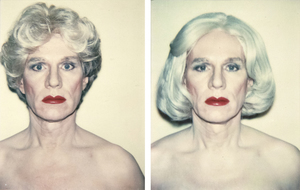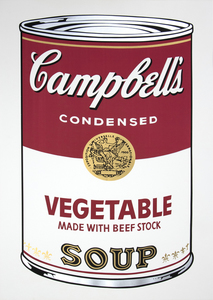توم [وسّلمنّ] (1931-2004)
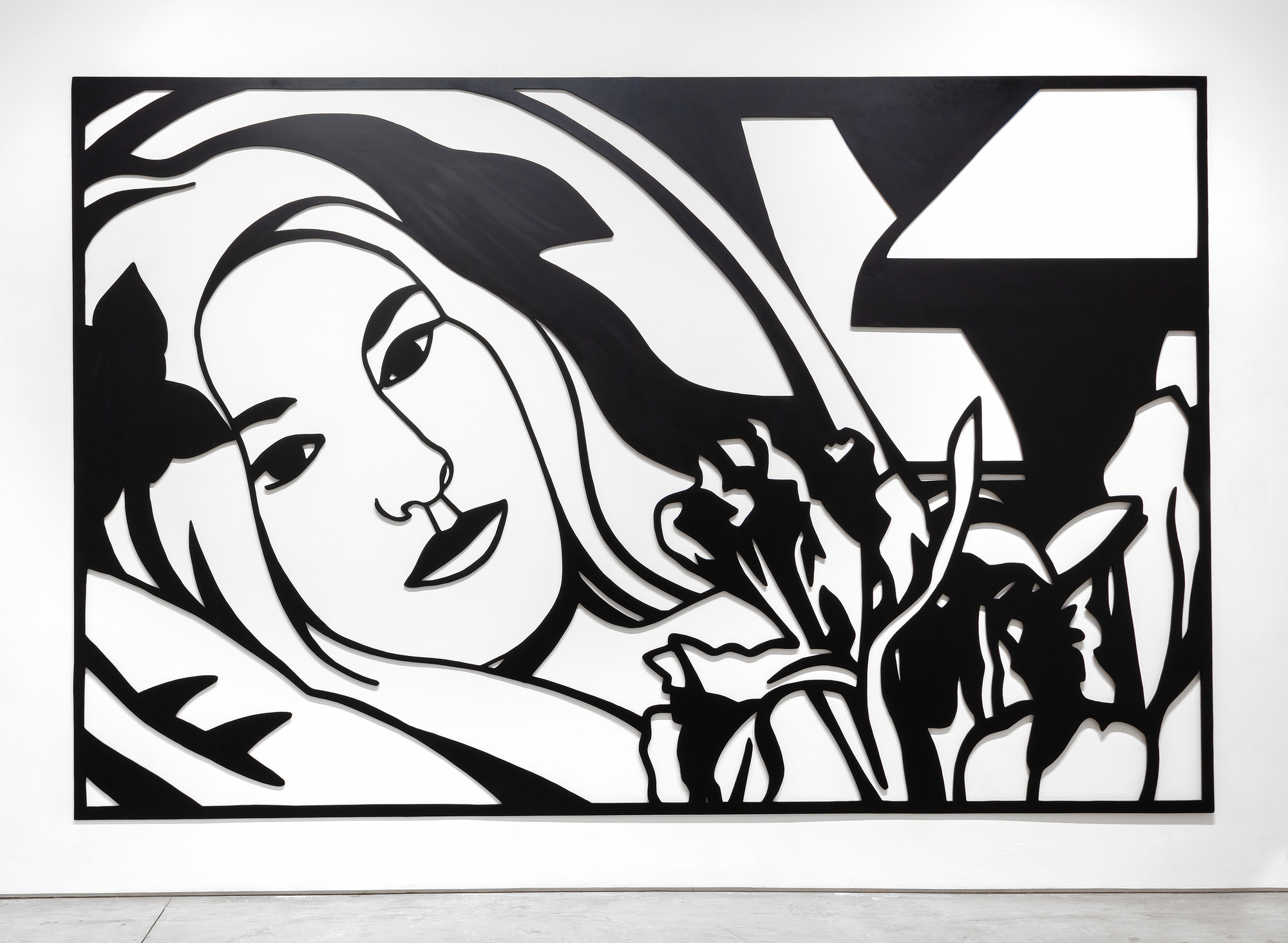
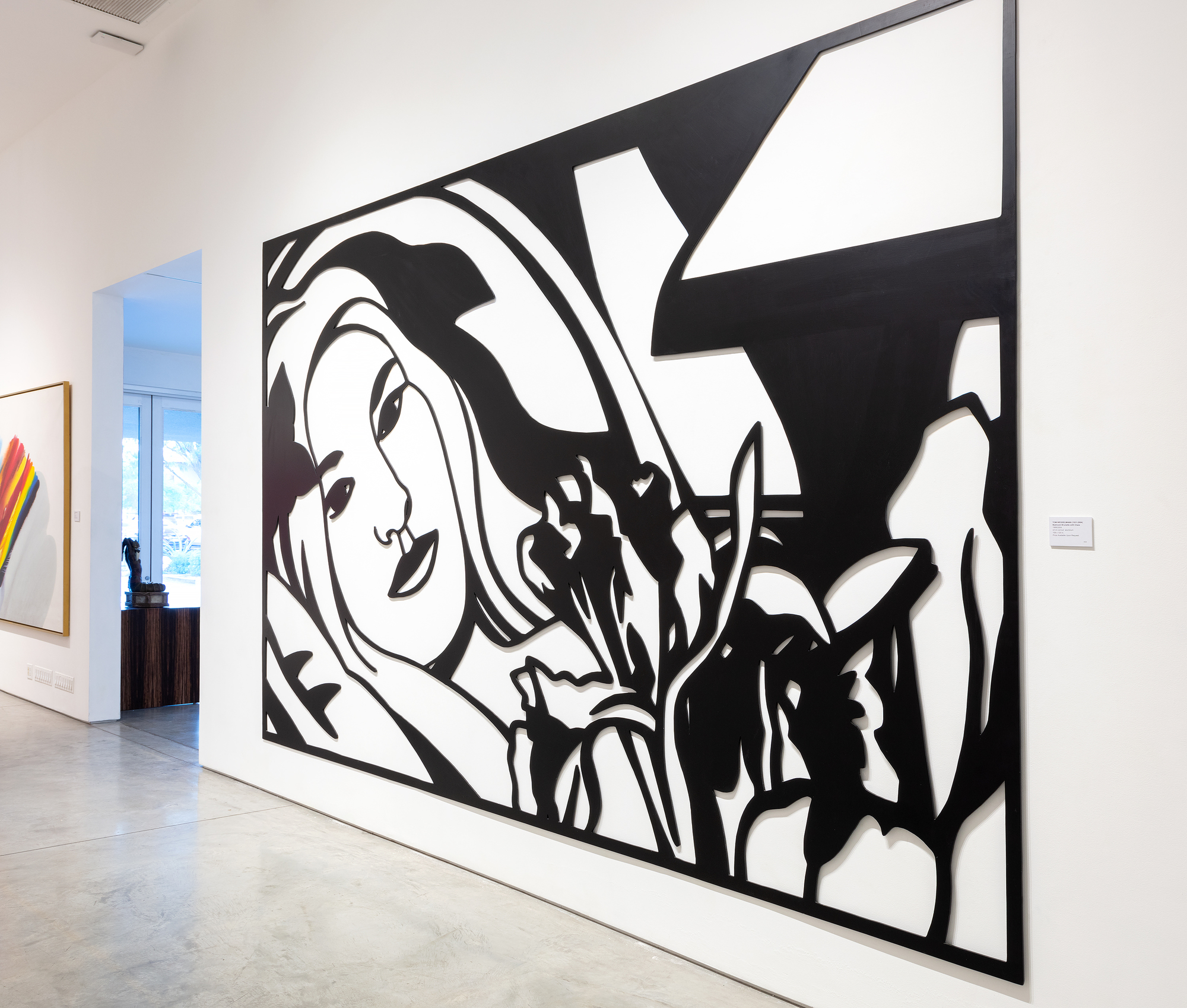
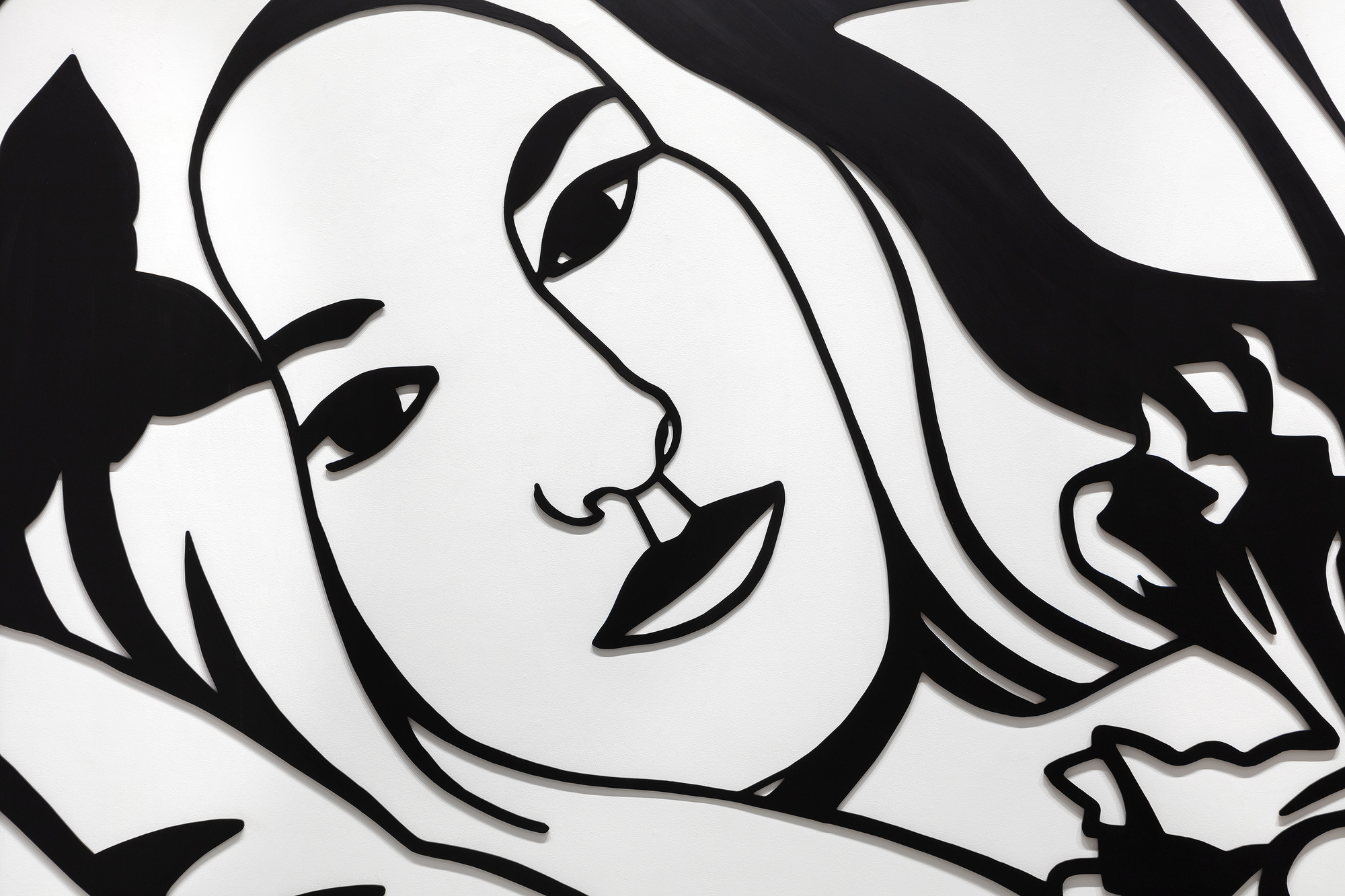
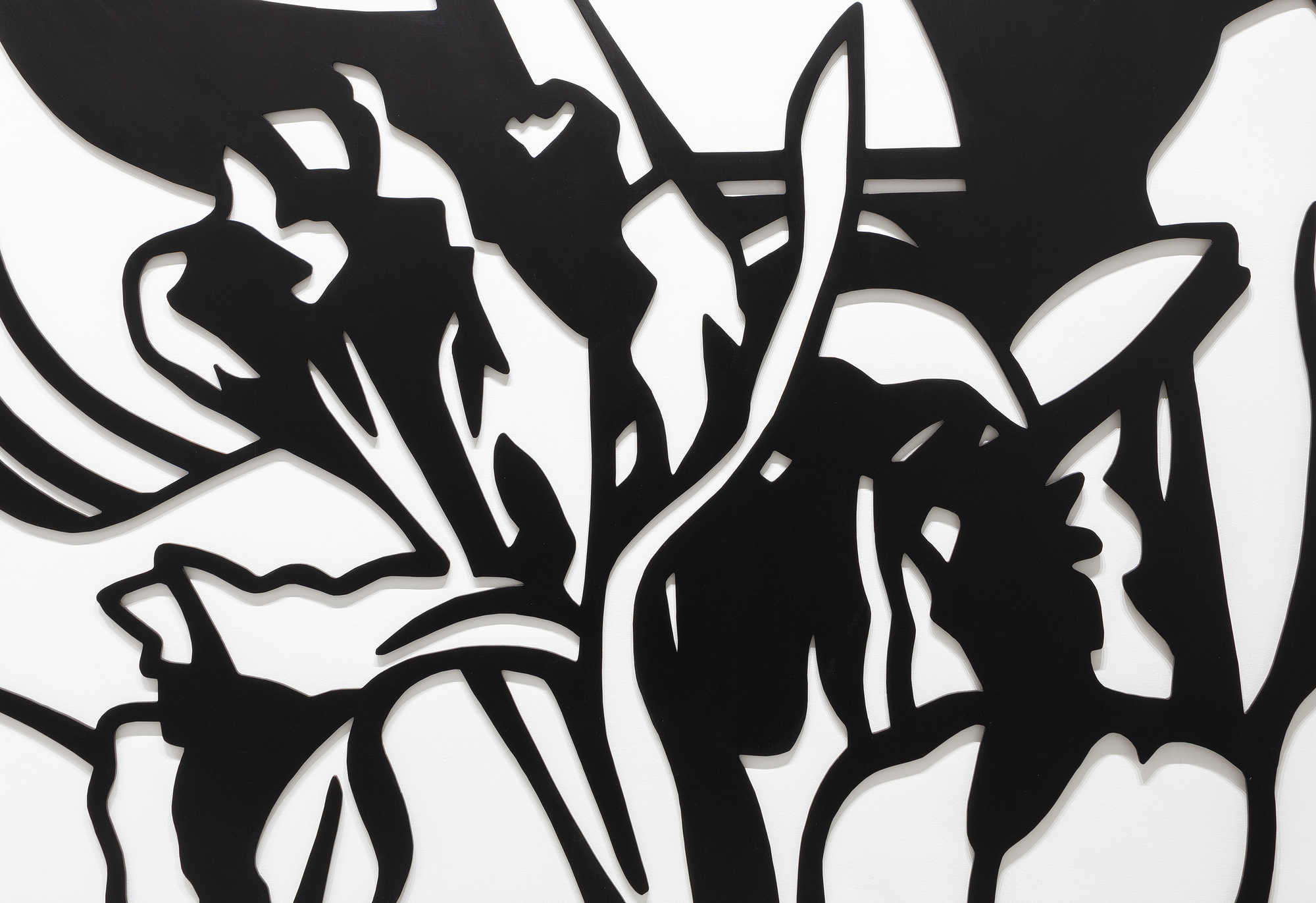
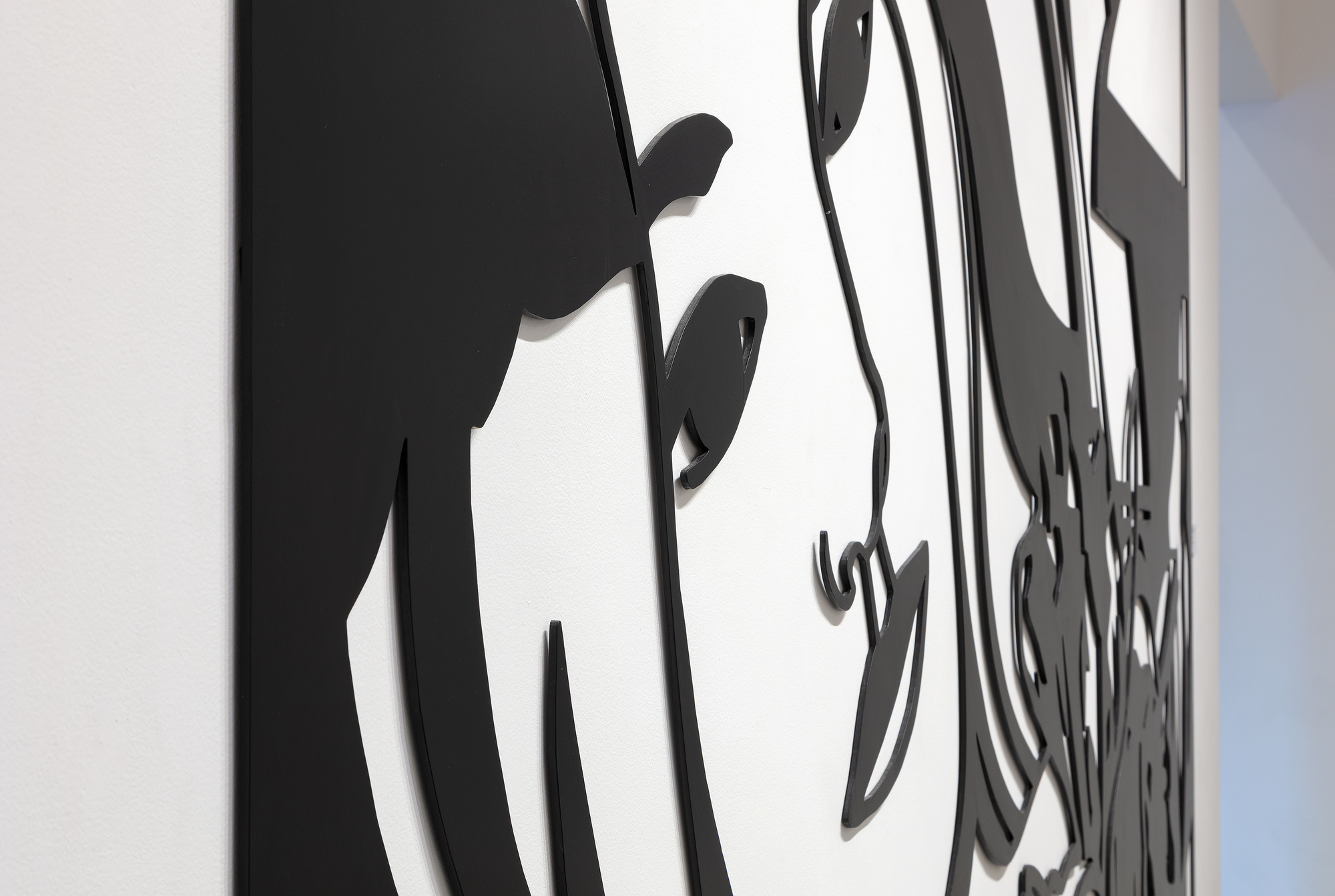
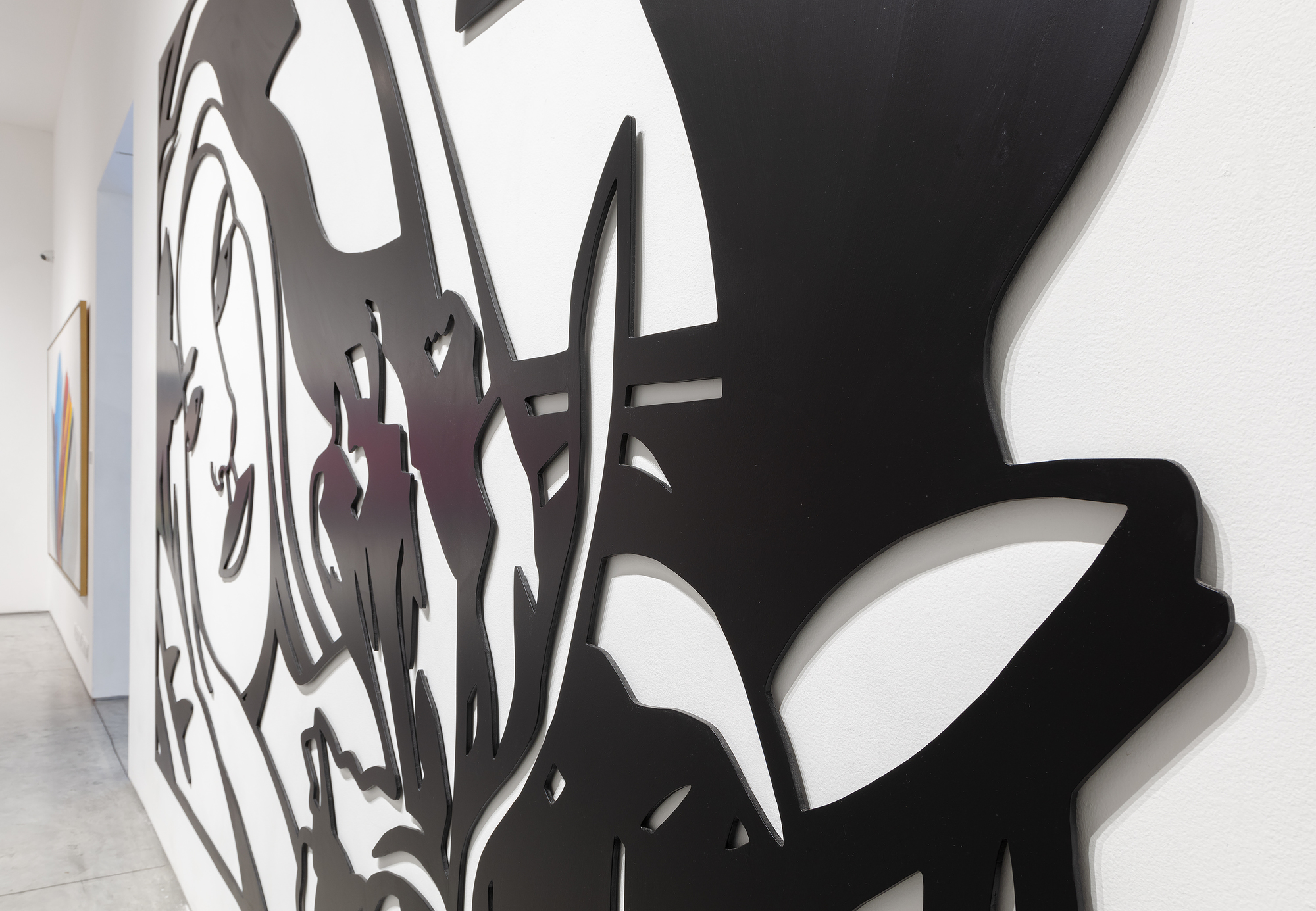
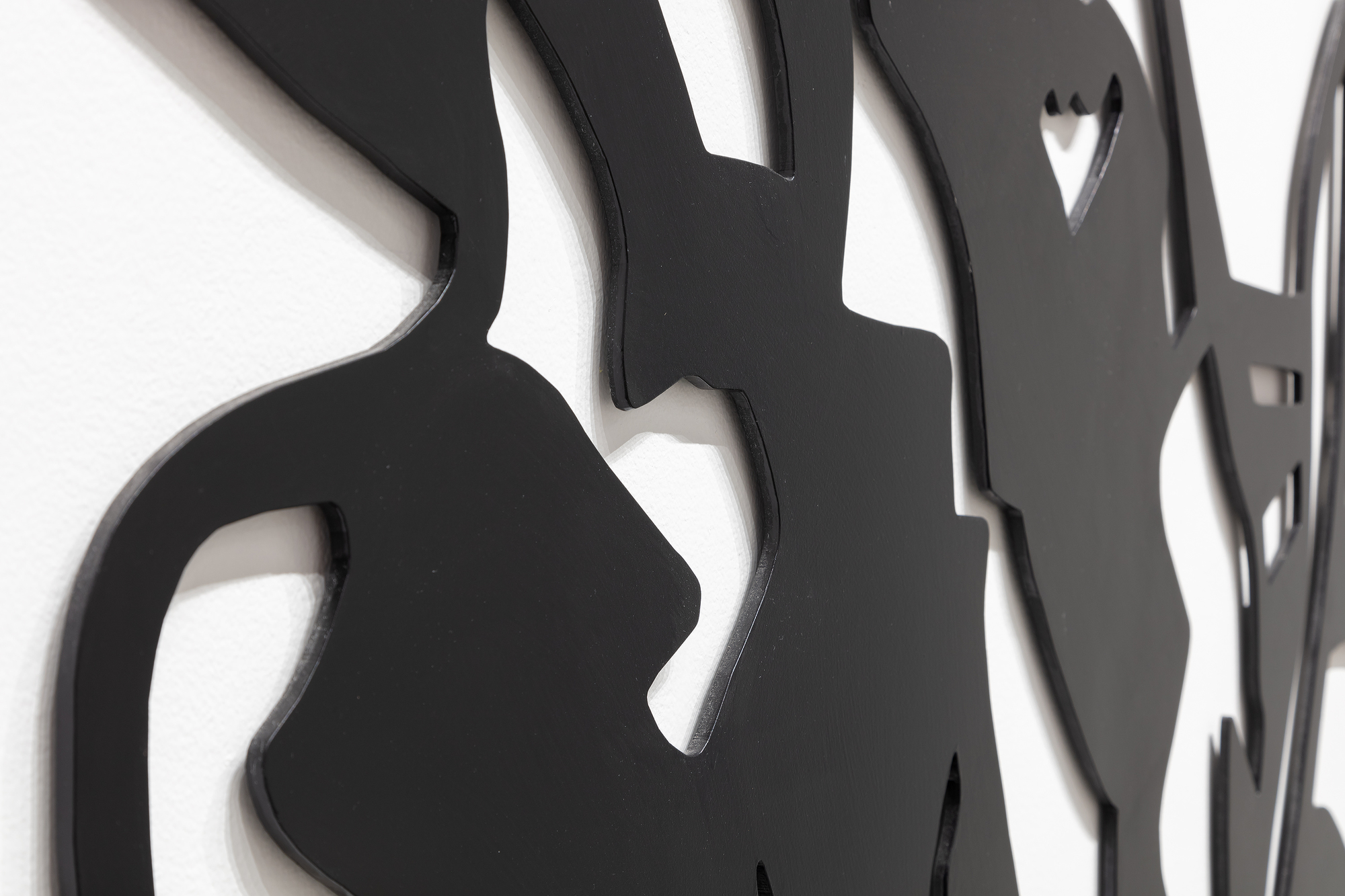
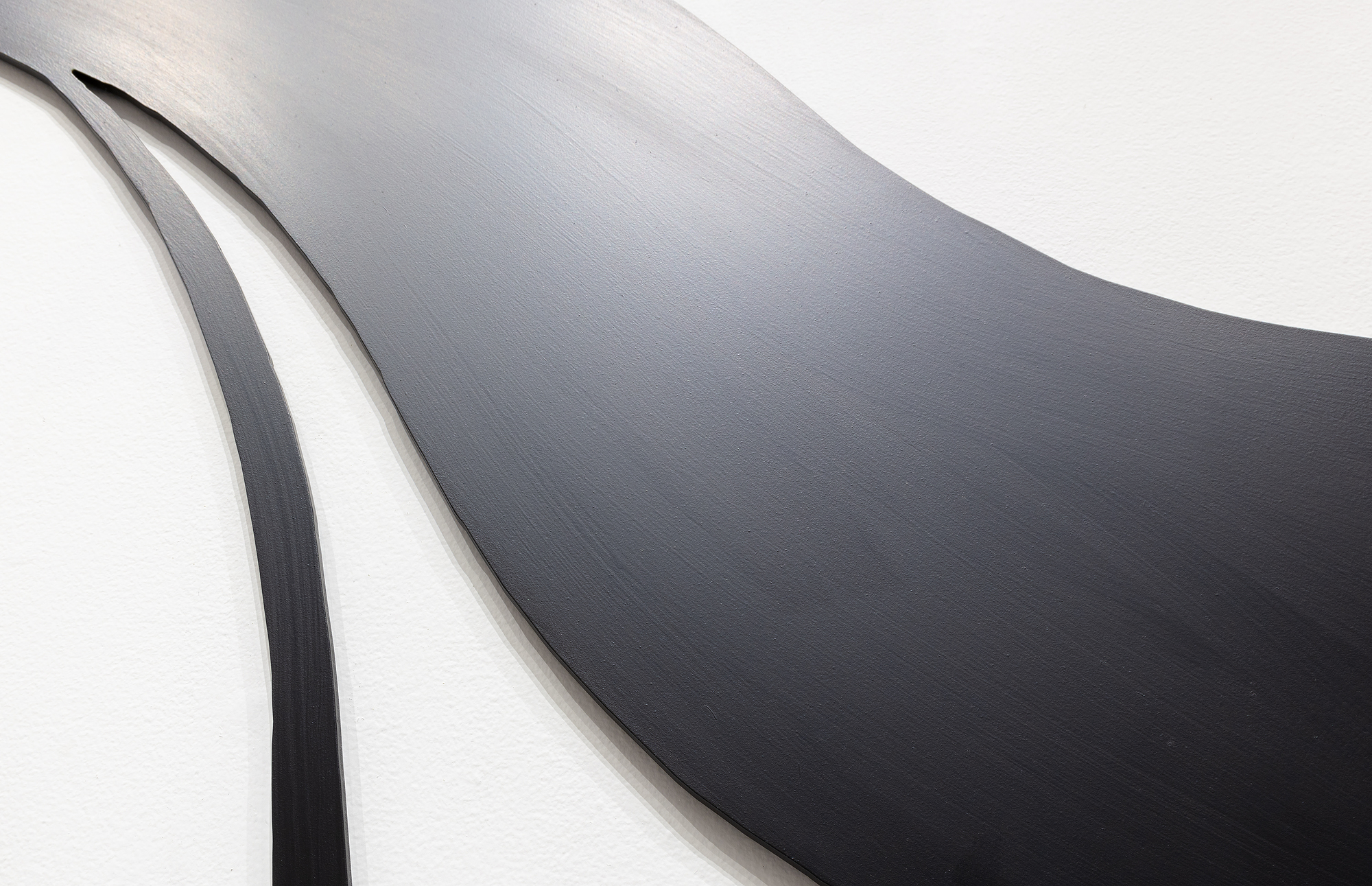
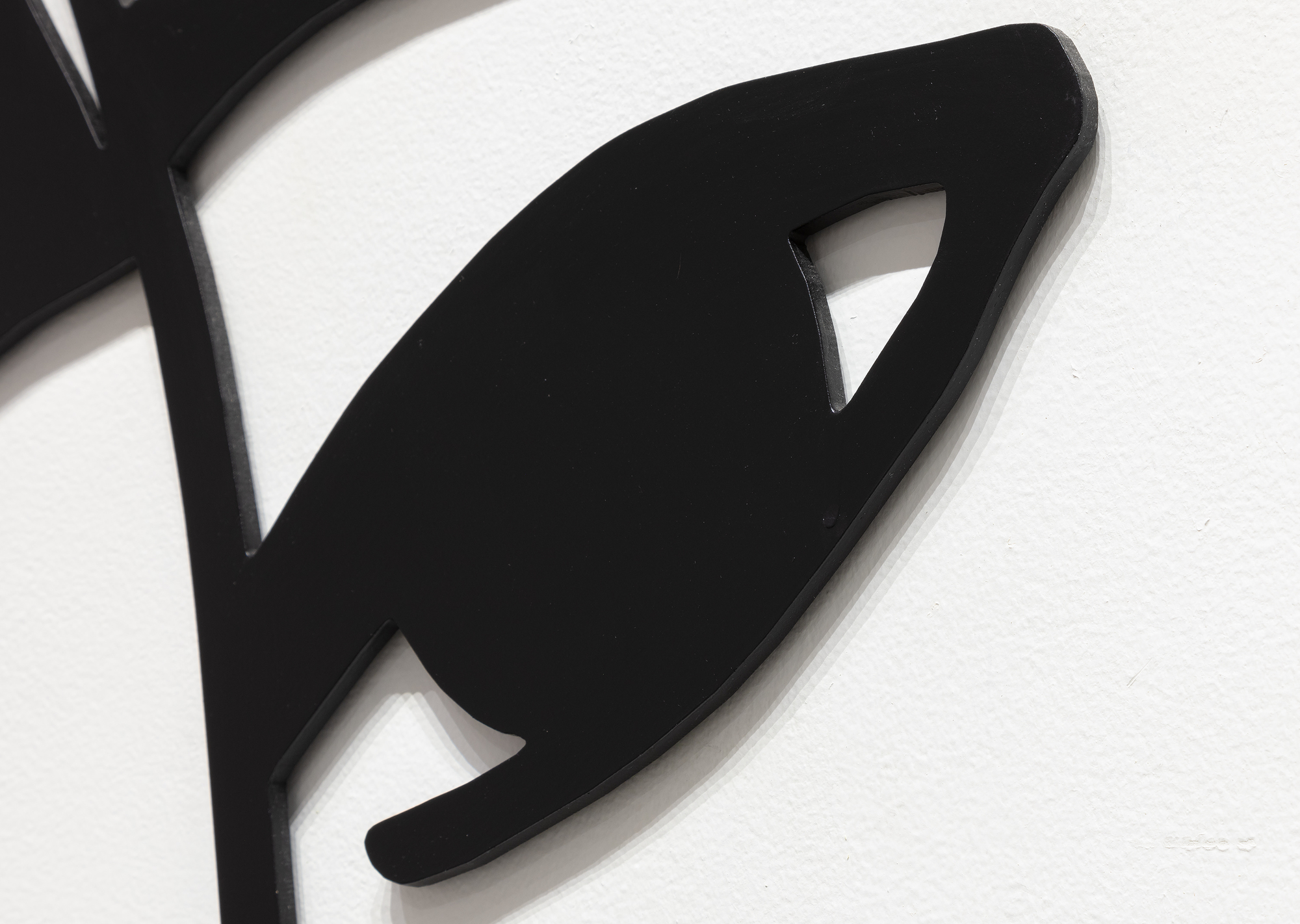
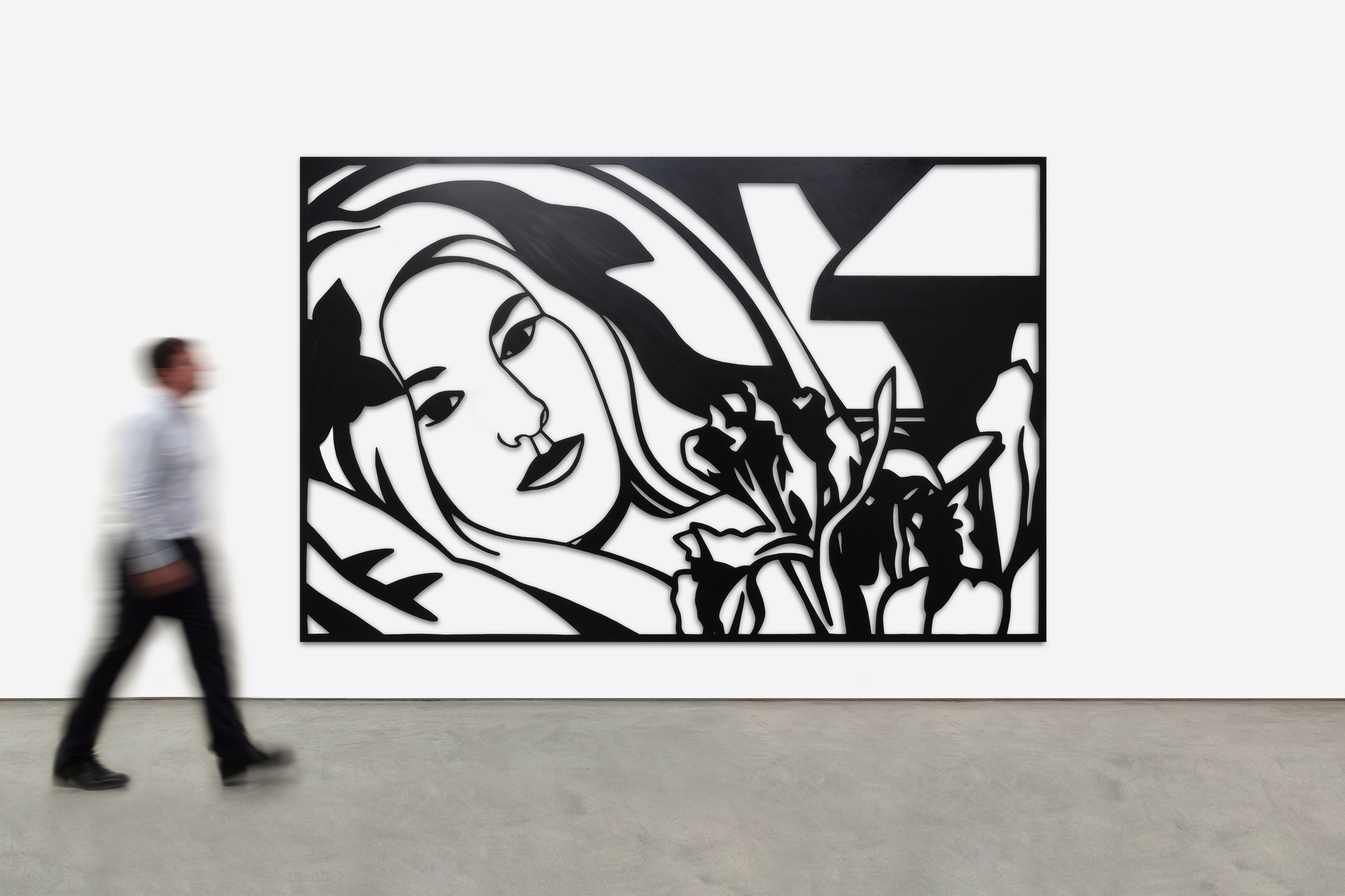
الاصل
معرض روبرت ميلرمجموعة خاصة، نيويورك، 2004
معرض
فيسيلمان، ت.، ت.، أكوين، س.، متحف مونتريال للفنون الجميلة (2012)، توم فيسيلمانميونيخ: بريستل
نيويورك، معرض روبرت ميلر، توم فيسيلمان: عراة الغروب، 9 مارس - 22 أبريل 2006 (ملونة مضاءة)
روما، متحف روما للفنون المعاصرة، روما، توم فيسيلمان، 8 يونيو - 18 سبتمبر 2005 (صور ملونة ص 174-75)
باريس، مؤسسة لويس فويتون، بوب للأبد: توم فيسيلمان...، 16 أكتوبر/تشرين الأول 2024 - 24 فبراير/شباط 2025 (ملونة ص 206-07)
الادب
جون ويلمردينج، توم ويسلمان... اكثر...n: صوته ورؤيته (نيويورك: منشورات ريزولي الدولية، 2008)، ص. 253 (صورة ملونة ص. 248-49، باسم "غرفة نوم سمراء مع السوسن، 1988/04")مؤسسة لويس فويتون، بوب للأبد: توم فيسيلمان... (باريس: إصدارات غاليمار، 2024)، ص 206-07، بصيغة ملونة "غرفة نوم سمراء مع السوسن، 1988-2004
جون ويلمردينغ، توم فيسيلمان: صوته ورؤيته، نيويورك: منشورات ريزولي الدولية، 2008، ص. 253 (ملونة مضاءة. ص. 248-49، باسم غرفة نوم سمراء مع السوسن، 1988/04)
معهد وايلدنشتاين بلاتنر، شركة. مجموعة توم فيسيلمان الرقمية، تم تحريرها وتجميعها لمشروع توم فيسيلمان للكتالوج الرقمي Raisonné، digitalprojects.wpi.art/wesselmann، رقم التسجيل 28(A)S-2
... اقل... السعر1,325,000
التاريخ
مما لا شك فيه أن توم ويسلمان سيذكر لربطه موضوعاته المثيرة بألوان العلم الأمريكي. لكن ويسلمان كان لديه مواهب كبيرة كرسام ، وكان الخط هو شغله الشاغل ، أولا كرسام كاريكاتير وبعد ذلك كمعجب متحمس بماتيس. كما أنه كان رائدا في طريقة لتحويل الرسومات إلى نقوش جدارية فولاذية مقطوعة بالليزر أثبت أنه وحي. بدأ في التركيز أكثر من أي وقت مضى على الرسم من أجل الرسم ، مسحورا بأن الوسيط الجديد يمكن رفعه والاحتفاظ به: "إنه حقا مثل القدرة على التقاط خط دقيق يرسم من الورقة".
تسببت الرسومات الفولاذية في كل من الإثارة والارتباك في عالم الفن. بعد الحصول على أحد الأعمال الرائدة في عام 1985 ، كتب متحف ويتني للفن الأمريكي ويسلمان يتساءل عما إذا كان ينبغي فهرسته كرسم أو منحوتة. تسبب العمل في ضجة كبيرة لدرجة أنه عندما زار إريك فيشل ويسلمان في الاستوديو الخاص به وشاهد أعمالا مقطوعة من الصلب لأول مرة ، تذكر شعوره بالغيرة. أراد أن يجربها لكنه لم يجرؤ. كان من الواضح: "كان توم يمتلك التقنية بالكامل".
يدين ويسلمان بالكثير من هذه التقنية لتعاونه لمدة عام مع صانع الأعمال المعدنية ألفريد ليبينكوت. معا ، في عام 1984 ، قاموا بشحذ طريقة لقطع الفولاذ باستخدام ليزر يوفر الدقة التي يحتاجها لإظهار عفوية رسوماته. ووصف ويسلمان هذه السنة بأنها "أفضل سنة في حياتي"، مبتهجا بالنتائج التي لم يحققها بالكامل مع الألمنيوم التي تتطلب قطع كل شكل يدويا. "توقعت كم سيكون مثيرا بالنسبة لي أن أحصل على سحب في الفولاذ. كان بإمكاني حمله بين يدي. يمكنني التقاطه من الخطوط ... كان الأمر مثيرا للغاية... نوع من النشوة القريبة ، على أي حال ، ولكن كان هناك حقا شيء ما حول العمل الجديد الذي جذبني ".
اكثررؤى السوق
- منذ عام 1976 ، نما سوق Wesselmann بمعدل عائد سنوي قدره 5.6٪.
- غرفة نوم سمراء مع القزحية هي من بين أكبر الأعمال للفنان التي تأتي إلى السوق
- تصور ويسلمان هذه القطعة في عام 1988 وتم تصنيعها في عام 2004 قبل وفاته مباشرة في ديسمبر من ذلك العام - وهي من بين آخر أعماله العظيمة.
- تعد الشخصيات النسائية ل Wesselmann من بين أكثر مواضيعه المرغوبة والأكثر رواجا
- هذه القطعة موجودة في نفس المجموعة الخاصة منذ إنشائها.
أفضل النتائج في المزاد
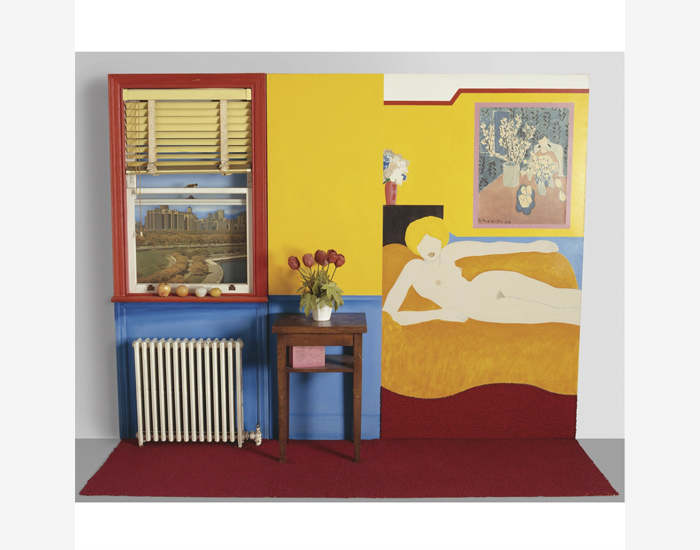
"Great American Nude No. 48" (1963) بيعت مقابل 10,681,000 دولار.
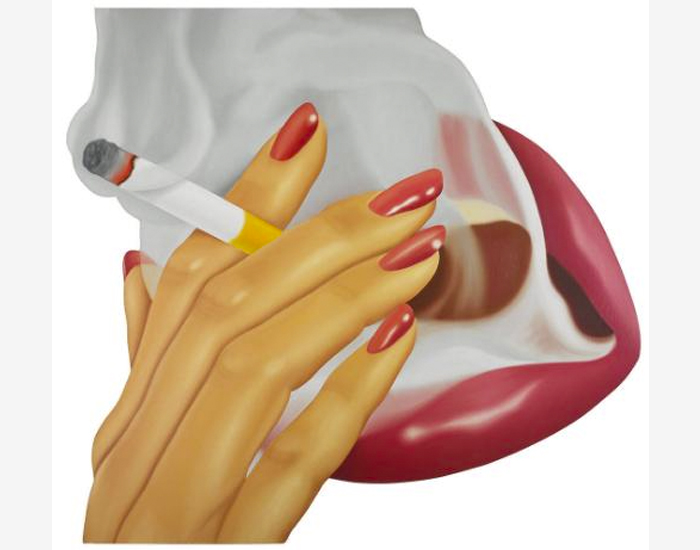
"المدخن # 9" (1973) بيعت مقابل 6،761،000 دولار.

"المدخن # 17" (1973) بيعت مقابل 5،864،000 دولار.
أعمال مماثلة تباع في المزاد

"لا تزال الحياة مع أربع ليز" (1991) بيعت مقابل 2،070،000 دولار.
- وسيط قابل للمقارنة ، وقطعتنا أكثر من ضعف حجم هذه القطعة
- على الرغم من أنه يحتوي على لون ، إلا أنه لا يحتوي على نفس الصور الأنثوية التي هي أيقونية للغاية داخل أعمال Wesselmann
- تباع بأكثر من 2 مليون دولار أي 380 دولارا للبوصة المربعة ، في حين أن غرفة النوم السمراء مع القزحية هي 115 دولارا فقط لكل بوصة مربعة وهو 1/3 السعر الإجمالي
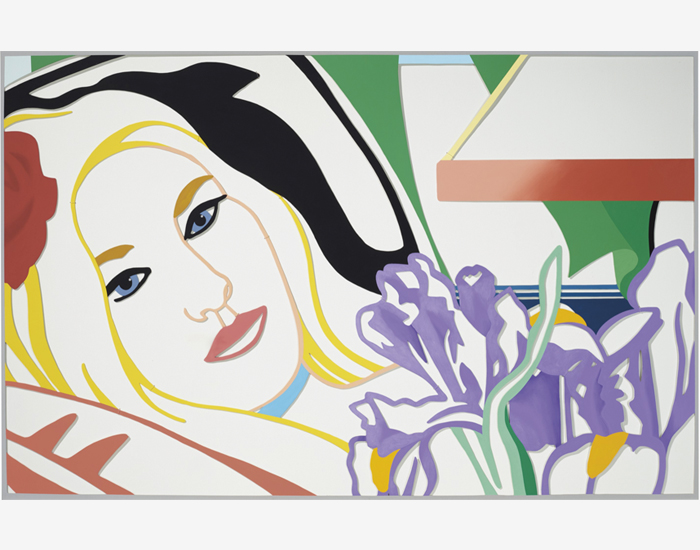
"غرفة نوم شقراء مع القزحية" (1987) بيعت مقابل 399،000 دولار.
- هذا العمل الفني هو 1/3 من حجم لدينا مع نفس الصور
- بيعت في نوفمبر 2019 مقابل 399,000 دولار وهو ما يزيد عن ضعف تقديراتها العالية البالغة 180,000 دولار، وهو دليل على القوة المتزايدة لسوق ويسلمان.

"الرسم العكسي: شقراء غرفة النوم مع القزحية" (1993) مقابل 489،428 دولارا.
- موضوع قابل للمقارنة ، على الرغم من أنه مجرد عمل على الورق ونصف حجم قطعتنا
- بيعت مقابل ما يقرب من نصف مليون دولار في فبراير 2020
أعمال في مجموعات المتحف
متحف ويتني للفنون، نيويورك
متحف سميثسونيان للفنون الامريكيه ، واشنطن العاصمة
معهد شيكاغو للفنون
موارد إضافية
ما وراء فن البوب
أشهر فنان بوب لا تعرفه
توم ويسلمان الأمريكي العظيم عارية # 53
الاستفسار
قد تحب أيضا




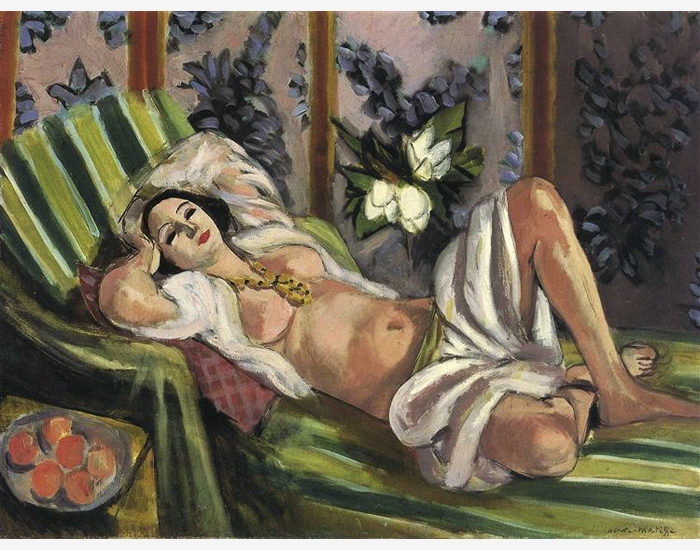








_tn47012.jpg )

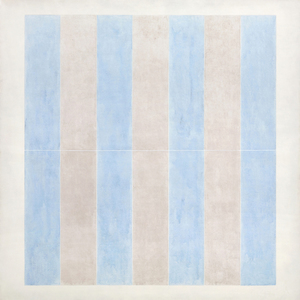
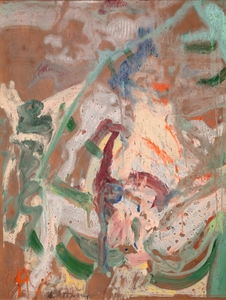

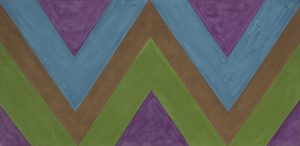
_tn31465.b.jpg )
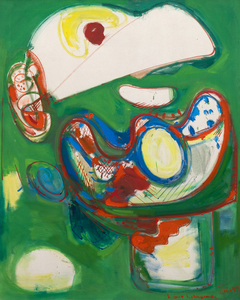
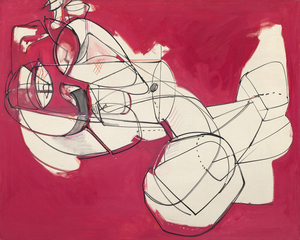
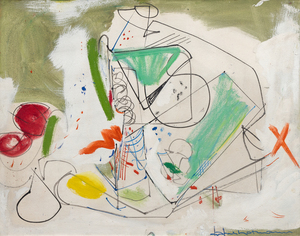
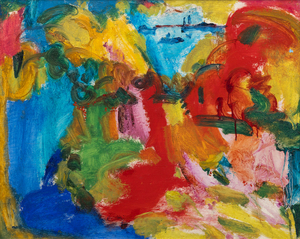
_tn27843.jpg )
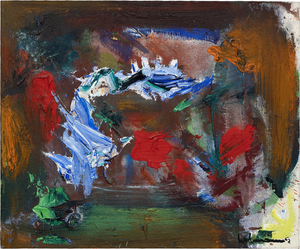
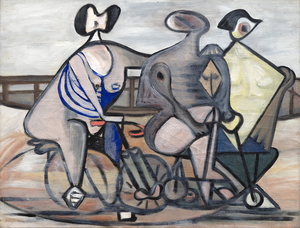
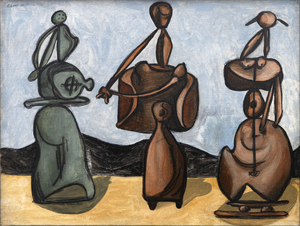
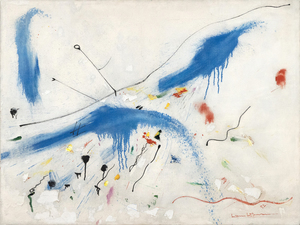
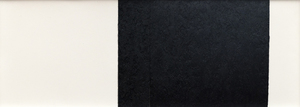
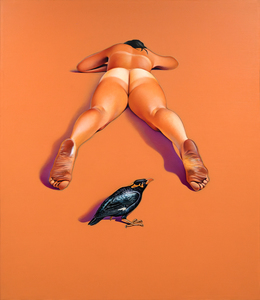
_tn46214.jpg )
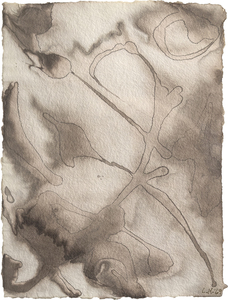
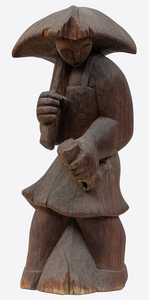
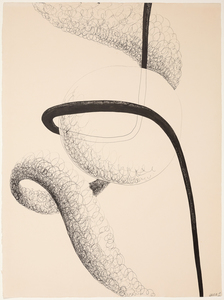
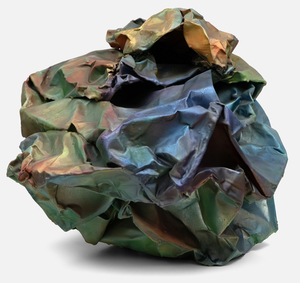

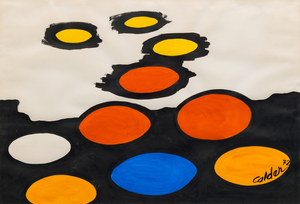
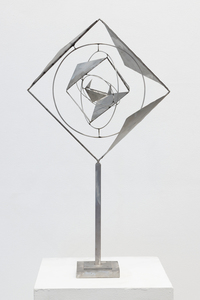
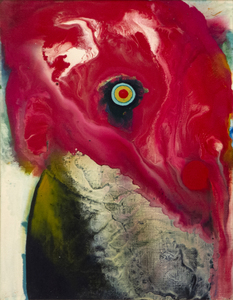
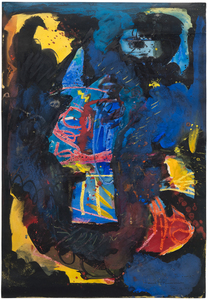
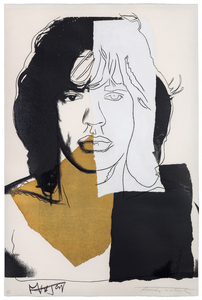
_tn39239.jpg )
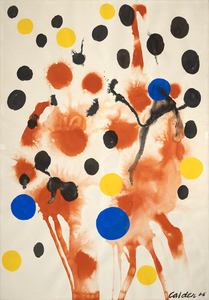
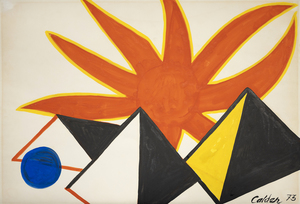
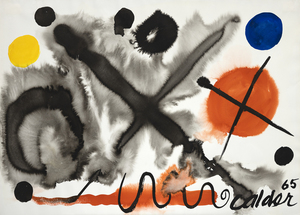
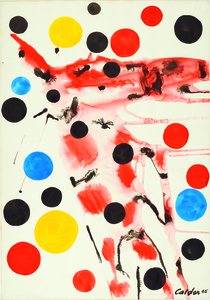
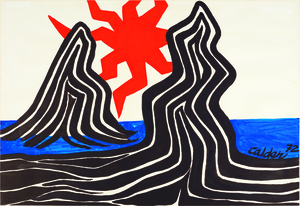
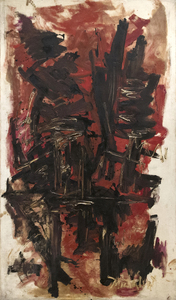
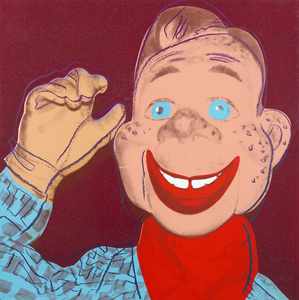
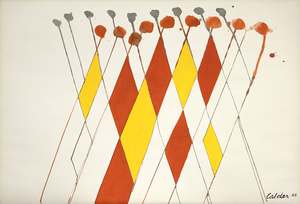
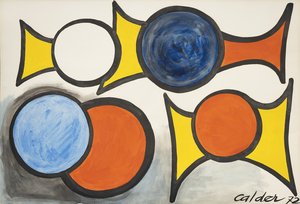
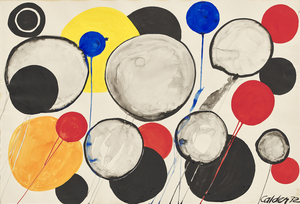
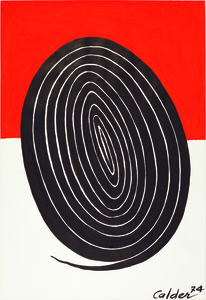
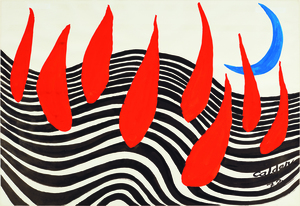
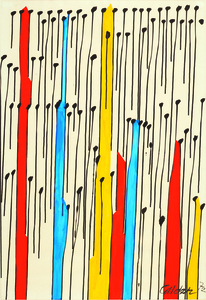
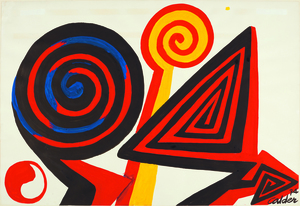
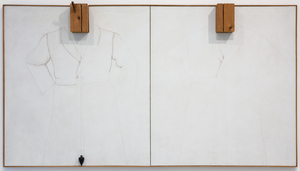
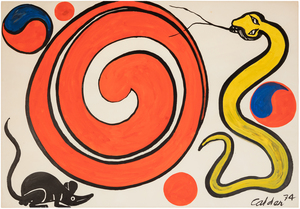
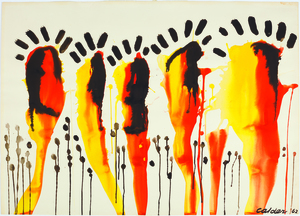
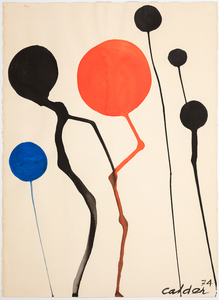
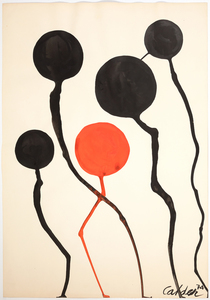

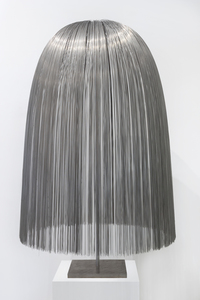
_tn47464.jpg )
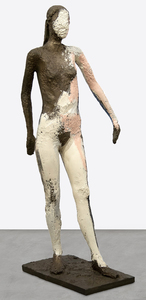
_tn46213.jpg )
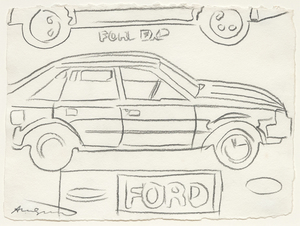
![RICHARD TUTTLE-Untitled (Cloth and Paint Work No. 2) ريتشارد توتل فنان أمريكي أصيل عمل توتل مفاهيمي وتاملي ، يعبر حدود النحت والرسم والشعر ، وغالبا ما يتحدى المشاهد. بدون عنوان (القماش والطلاء العمل #2) من 1973 ، وهي فتره محوريه في مهنه الفنان ، يستحضر بساطته في وقت سابق من مسيرته المهنية في حين دفع نحو الفن المفاهيمي المستندة إلى المواد. في العمل الذي يقوم به تكريما للخرسانة مارسيل دوشامب. المنسوجات ، كما هو الأمر في هذه القطعة ، تلعب دورا كبيرا في [ايوفر] له وتصبح المواقع التي للتركيز علي الأداء ، والمشاركة ، ومعني.](/Art_Images/Small/richard_tuttle_untitled_(cloth_and_paint_work_no._2)_tn27989.jpg )
_tn47033.jpg )
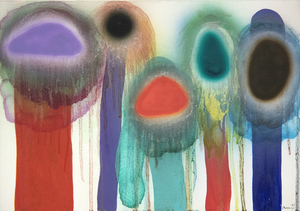
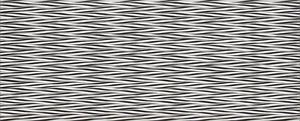
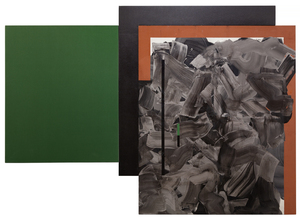
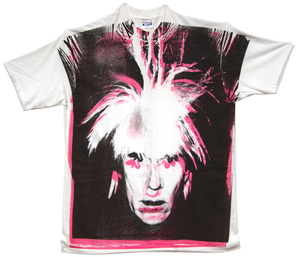
_kuwayama_b-139_tn16773.b.jpg )
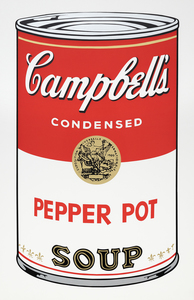
_tn22479.jpg )
